Easily manage promotional materials
The compilation of promotional materials for various events is more difficult and stressful in most companies than packing for a holiday. Simple and...
4 min read
 Dr. Christian Coppeneur-Guelz
:
Jan 17, 2022 2:45:00 PM
Dr. Christian Coppeneur-Guelz
:
Jan 17, 2022 2:45:00 PM
.jpeg)
With the multitude of annual events, trade shows, and exhibitions, not only is a successful outcome for the client crucial, but also a professional and as smooth as possible project execution forms the foundation for success. While for large trade fairs, events, or singular occasions, the project itself takes center stage, a systematic and scalable approach (e.g., regular participation in recruiting events) benefits from a more process-oriented strategy, given the repetitive nature of tasks, processes, and logistics. In the following blog article, I share 5 tips for optimal event logistics.
For recurring and similarly structured events, it’s advisable to use modular exhibition equipment and system components. The reasons for this are straightforward. Firstly, compared to a custom-designed exhibition concept, it is more cost-effective from an investment standpoint. Secondly, modular components offer greater scalability, which is particularly useful when adapting the stand design to different locations and available dimensions or when selectively increasing equipment for specific events to emphasize their importance. Additionally, system components can be organized on short notice and are usually compact, making them highly practical.
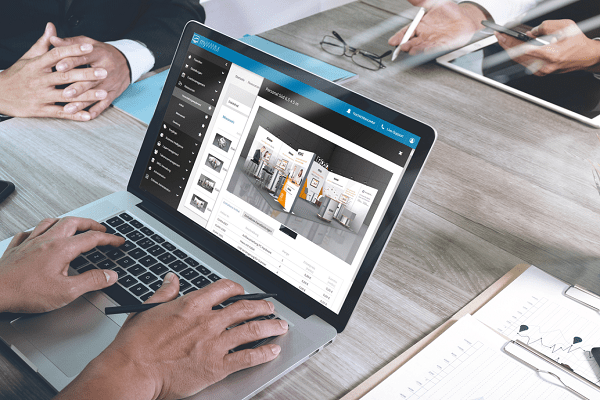
When a client is exhibiting at a trade show or event, numerous stakeholders are often involved in the execution: The event organizer, with whom the exhibition space is booked, is not necessarily the owner of the venue where it’s held. There might be an agency responsible for the concept and execution, a logistics provider handling the delivery and collection of equipment, a catering service, the venue owner renting out equipment, an exhibition builder setting up and dismantling the stand, and, finally, the client’s employees managing the stand during the event to focus on the main goal: generating leads by connecting with potential clients.
Coordinating this multitude of parties requires significant effort and can become time-consuming, especially when dealing with unforeseen circumstances. In line with the saying "too many cooks spoil the broth," efficiency can sometimes be improved by consolidating roles from the client's perspective. By reducing the number of stakeholders involved—for example, having the exhibition builder also manage the logistics, the agency handle the catering, or even considering if catering is necessary for a single-day event—coordination becomes more streamlined and manageable.
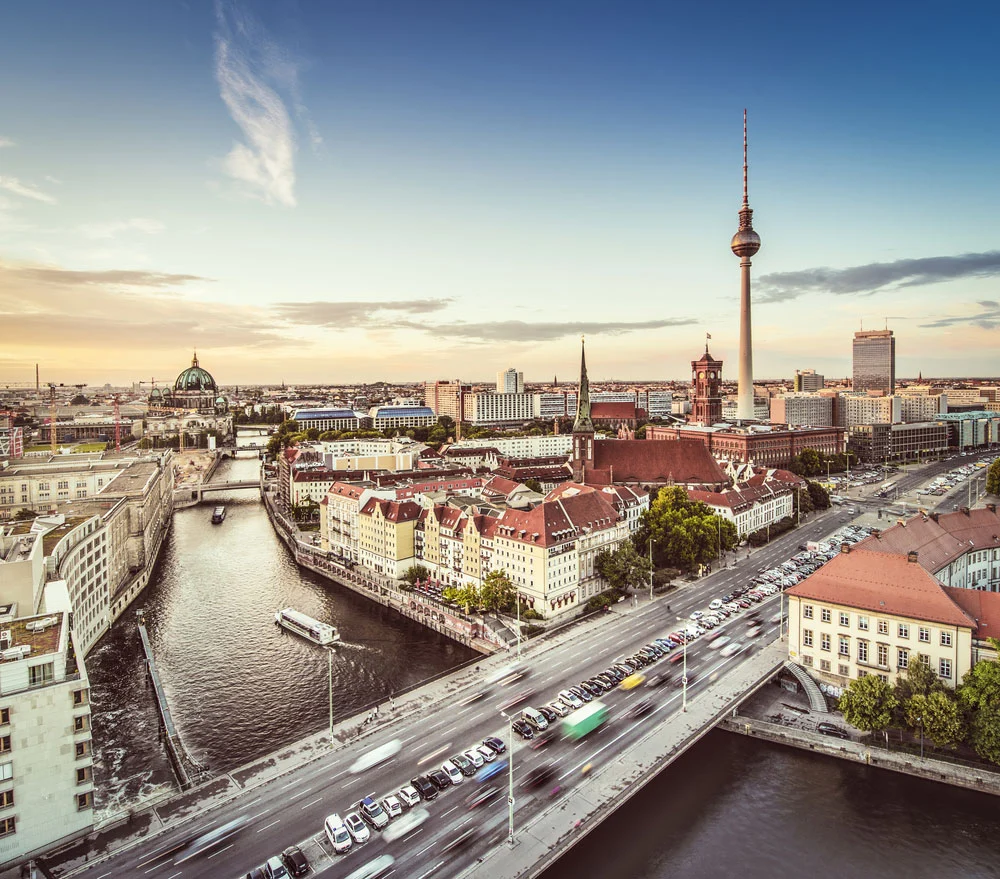
In an ideal world, everything runs smoothly when meticulously planned. However, anyone with experience in trade shows and events or responsible for the logistics chain knows that this is rarely the case in practice. Careful planning is certainly essential, but due to the complexity and interdependence of all parties involved, a single deviation can have a domino effect on the entire process. If a delivery service fails to arrive or delivers too late, leaving essential equipment unavailable on-site, or if the exhibition builder is stuck in traffic with just two hours before the event starts, things can escalate quickly.
To handle such scenarios, it’s crucial to have all essential contact details and emergency numbers readily accessible, so time isn’t wasted searching for them during a crisis. Preparing for worst-case scenarios in advance allows you to implement backup plans promptly, ensuring you’re ready to act efficiently when unexpected problems arise.
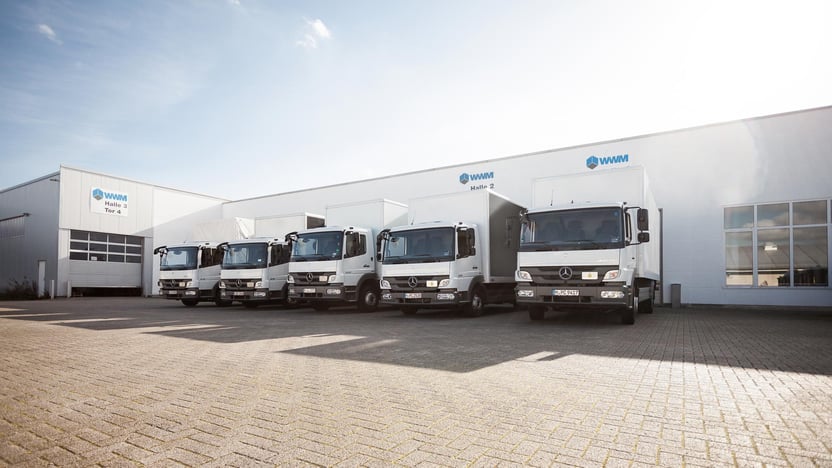
With frequent use of exhibition equipment, wear and tear, as well as damage, can occur despite careful handling and packaging. Given that some events are held back-to-back using the same equipment, it is wise to maintain at least a backup supply of small parts and spare components, or even a set of "emergency materials," to respond promptly to transport damage, theft, or defects during setup and teardown. Production times for exhibits, textile graphics, roll-ups, etc., are often longer than the available time frame allows. Of course, it’s unrealistic to keep an entire exhibition set on standby at all times. However, having typical consumable parts and selected components that you absolutely cannot do without in case of an emergency can be sufficient to ensure you’re prepared for any unforeseen issues.
There are essentially three approaches to consider:
All tasks are managed in-house by the client.
The client selectively engages various service providers.
The client utilizes an "all-in-one solution" with a provider that can meet all relevant requirements.
At first glance, managing everything internally seems to be the most cost-effective option. There are no expensive external service providers involved, no storage costs if the exhibition stand is stored on-site, and transport costs appear low if a suitable vehicle is available in the fleet. However, when you factor in the total process costs and resources utilized, this perception changes, as the staff dedicated to these tasks are not contributing to the core value chain of the company during that time. This becomes even more problematic when issues arise that must be handled internally, as they cannot simply be passed off to a service provider, event organizer, supplier, or exhibition builder.
The selective use of service providers in combination with internal resources and manpower represents a middle ground—the golden mean. This approach allows for flexibility in adding or removing services as needed, making it suitable for events of varying size and frequency. While this can often be the most cost-effective solution, it typically works best for smaller or medium-sized events and may quickly reach scalability limits.
An all-in-one solution involves a scenario where the entire process of exhibition planning and execution, including logistics, transportation, setup and teardown, cleaning, inspection, repair, IT integration, and automated reporting, is handled completely by a single provider. The advantages are clear: there’s only one point of contact, and all necessary and unpredictable issues must be resolved by them. This is the most relaxed solution and offers additional opportunities within the framework of digitalization. Many providers now offer not only traditional services but also supportive digital solutions, such as visitor measurement, web-based tools for real-time inventory management, online apps for calculating or visualizing an exhibition stand, or OCI interfaces for data transfer between various ERP systems.

Due to the complexity and the often unpredictable nature of trade show, event, and exhibition management, there will always be situations that deviate from the planned approach, requiring quick and flexible adjustments and decisions. However, with a few considerations that can be addressed in advance, many of these anomalies can be anticipated, allowing for suitable solutions to be readily available when needed. By proactively planning and preparing for potential challenges, you can significantly enhance the efficiency and success of your event logistics.
Would you like to outsource your event logistics? We’re here to help!

The compilation of promotional materials for various events is more difficult and stressful in most companies than packing for a holiday. Simple and...
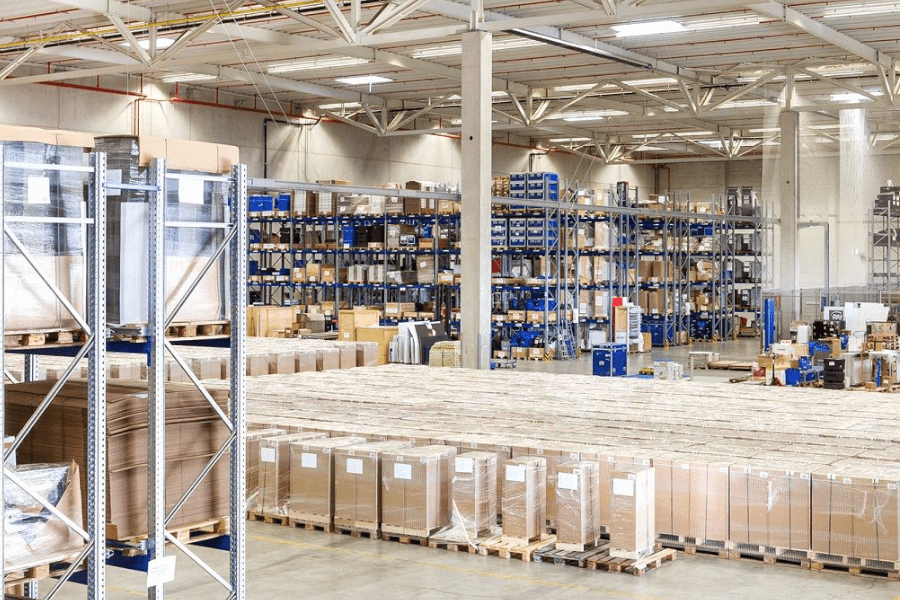
The COVID-19 pandemic has presented the entire trade fair and events industry with massive challenges. While the exhibition and event departments of...
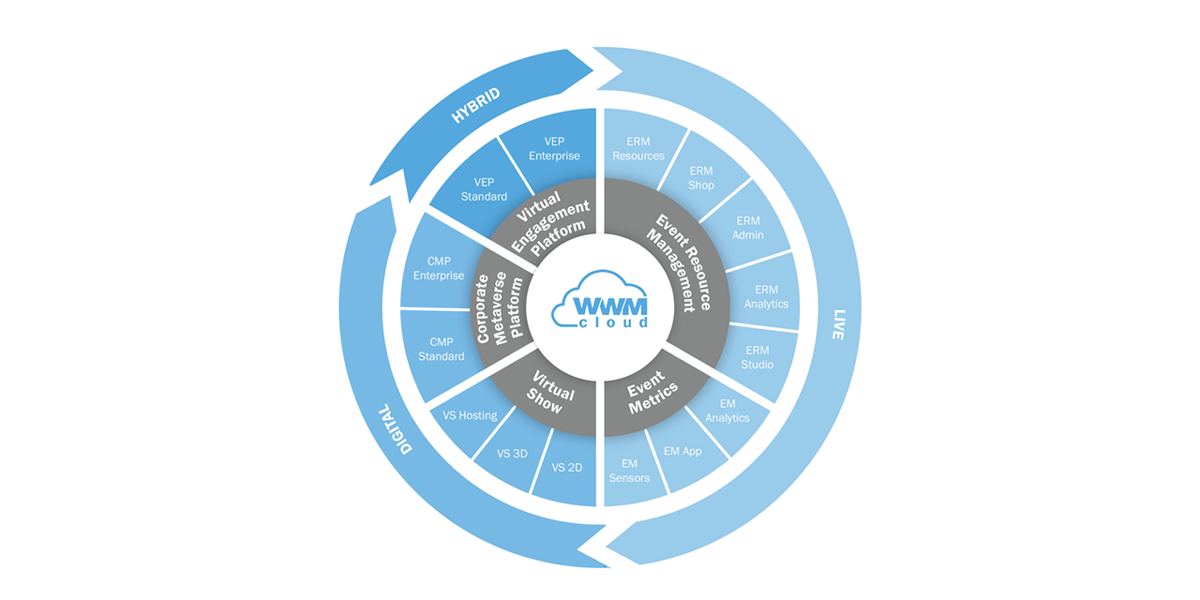
Exhibition stand at the “Exhibition as a Service” rate We have all heard the term SaaS (Software as a Service) before and we have certainly used...